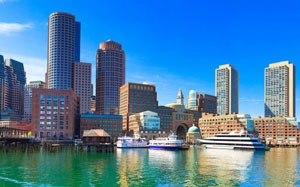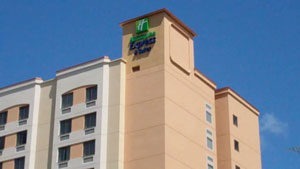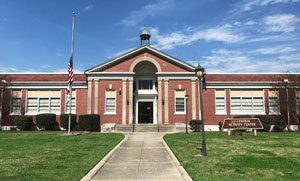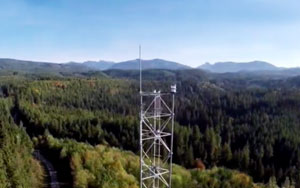
Hyatt Regency
Location: Boston, MA Challenge: The Hyatt Regency in Boston, MA wanted to replace an outdated Trane SWUD unit in their hotel. A quick change-out was required

Location: Boston, MA Challenge: The Hyatt Regency in Boston, MA wanted to replace an outdated Trane SWUD unit in their hotel. A quick change-out was required

Location: Austin, TX Challenge: The Hill Country Indoor Sports & Fitness center in Austin TX, due to local code was unable to put any HVAC units

Location: Boston, MA Challenge: Clothing outlet Forever 21, originally had retrofit outdoor air-cooled condensing units through another manufacturer. As a result, they did not meet Boston’s

Location: Orlando, FL Challenge: A busy ten-story new Holiday Inn was experiencing customer complaints of a musty smell in the hallways/rooms. To begin with, they had

Location: Burnaby, Canada Challenge: The Grand Villa Casino needed a packaged indoor heat pump unit to serve a patio space. The engineer was trying to provide

Location: Jacksonville, FL Challenge: The Children’s Home Society in Jacksonville, FL, was in need for a 500 CFM, 100% outside air unit in their facility. Eng

Location: Phenix, AL Challenge: Built-in 1928, Central High School in Phenix, Alabama is now the Central Activity Center for adults and seniors ages 50 plus. Offering

Location: Raleigh, NC Challenge: A Wells Fargo bank in Raleigh, NC had three 46 Ton Trane SWUD units that had reached the end of their lifespan.

Location: King County, WA Challenge: PSERN, is a state-of-the-art land mobile radio communication system providing voice communication and limited data capabilities. The station primarily serves police,

The Savannah College of Arts and Design (SCAD), located at 342 Bull St., Savannah, GA flagship building was originally named Preston Hall. Poetter Hall dates back to 1892, when it opened as the Savannah Volunteer Guard Armory.
Since the invention of air conditioning in 1922, the public has grown accustomed to having instant cooling or heating at the push of a button.
When it comes to air conditioning, calculating BTUs is an essential part of determining the size of the unit. A BTU or British Thermal Unit
(717) 843-4311 | Rep Login | Careers | Privacy Policy
©2024 United CoolAir. All Rights Reserved. Website designed & developed by Back40 Design.